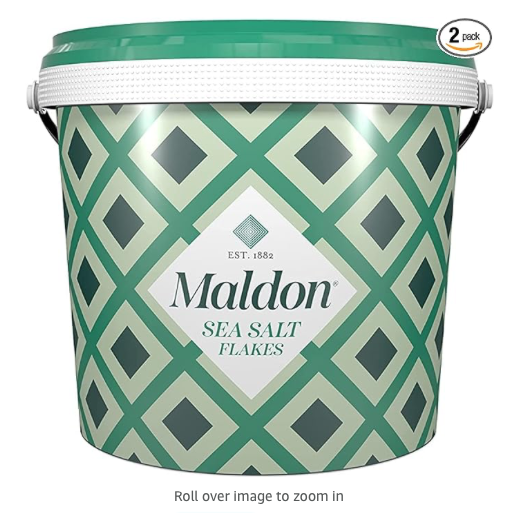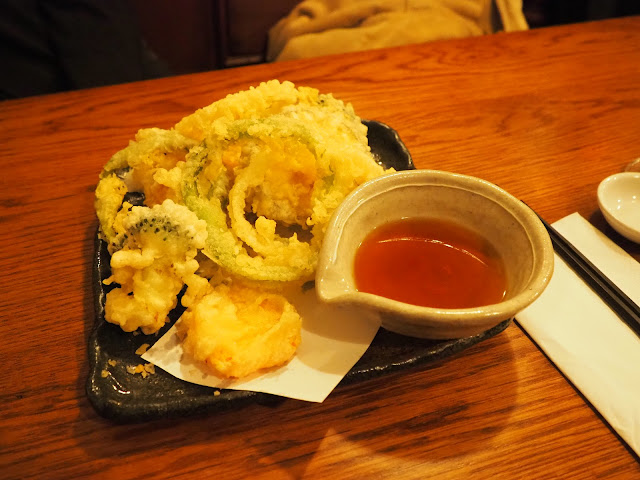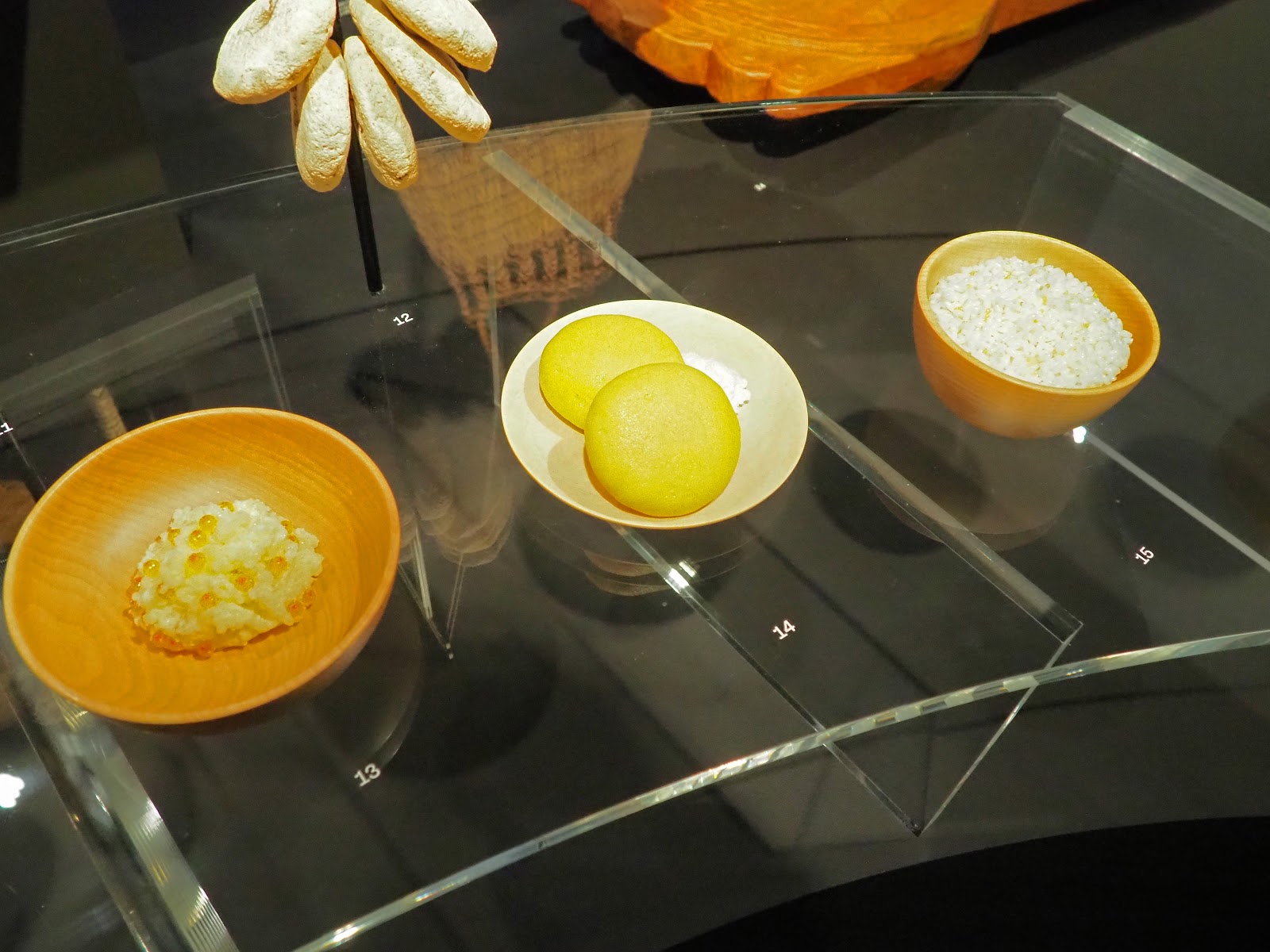The Price of Salt is a novel by Patricia Highsmith, published in 1952 under the pseudonym Claire Morgan, later published under Highsmith’s own name. This is a book you can make certain judgements about by looking at it’s cover.
The book was filmed in 2015 as Carol starring Cate Blanchett – martinis were drunk, though I cannot say whether or not they’re ‘dirty’ (i.e. salty) martinis.
This has only a tangential relevance to the kilogram of Himalayan pink salt I bought in the TK Maxx in Southend , in October 2020. It cost £2.99 which I thought was a very fair price at the time.
The label on the plastic jar said it was mined in the Salt Range mountains of Pakistan, so that’s the very western end of the Himalayas, and that the product 'takes you one step closer to Mother Nature every time these beautiful crystals are being used.’ Bit of oversell there I’d say but fair enough.
Now, I know I’m not one of the great salt eaters but even so I’m surprised how long it lasted – it ran out just last week. So I went to a different TK Maxx – the one in Oxford Street - and they’re still selling the salt; no longer in the plastic tub but just in a plastic pack. Otherwise everything seemed to be the same except for the price. It had gone down! Three and a half years later it’s a mere £2.49. What does that say about the state of the world's salt markets? I have no idea.
It's worth noting that a 570 gram tub of Malden sea salt on Amazon is going for £5.50 which works out at £9.65 a kilo, and Malden is a lot nearer than the Himalayas.
On the other hand the kind of salt you put on your driveway to melt ice costs about 17 quid for 25 kilos – less than a pound per kilo, but maybe you wouldn’t want to put that around the rim of your margarita.
And I did start to wonder if we’re in any danger of running out of salt. Surely salt mines get exhausted just like any other mine. The oceans may be rising, but are they getting diluted as the icebergs melt?
Well apparently not. If you want something new to worry about there’s an article on the Popular Mechanics website telling us that ‘new research’ has shown that humans are disrupting the planet’s 'salt cycle.' Soil, air, and water are all showing signs of increased salt content, which can apparently affect everything from ecological processes to sources of drinking water. Well, what you gonna do? Have a ready salted crisp to cheer yourself up?
As fate would have it, last year I went to an Open House day at Salters’ Hall, home of the Salters’ Company who’ve been a Livery Company since 1394, so they’re people who know their salt. They didn’t seem worried but then I suppose they wouldn’t. And they displayed some mighty lumps of their product in Salters’ Hall – good for interior décor as well as seasoning.




































